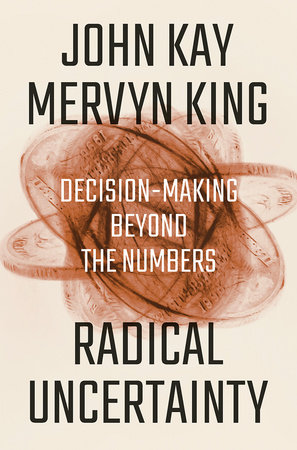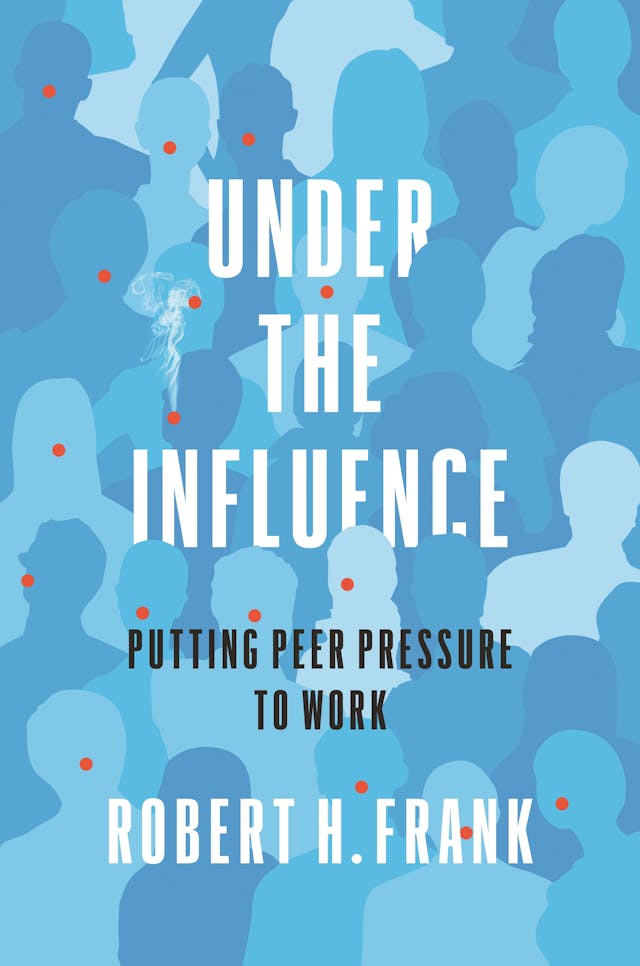The Incidental economist blog provides information regarding QALY in the current pandemic. Forget the cost per QALY (so difficult to estimate in my opinion) and take only the 6,4 QALYs per death avoided.
It updates previous estimates and says:
The table below summarizes the previous calculations and current updates. Our revisited analysis shows that, as the shutdown continues, the cost per QALY gained increases exponentially due to the exponential growth in the total cost of both forgone productivity and business failure.
We previously emphasized that a key challenge in making calculations of this type is the uncertainty around the data inputs. Six weeks later, this still holds true, particularly for the range of QALY losses without a shutdown, i.e. the predicted corona-related deaths in the absence of intervention.
One interesting aspect of this analysis is that as time goes on, the cost per QALY gained will become higher and higher. This is because the net gains will diminish — the lives saved remains constant, but the offsetting life years lost due to other factors increase — while the costs increase exponentially. The key number that remains unknown is the relationship between the length of the lockdown and the number of lives lost.
In our first post, we concluded that the shutdown would meet conventional standards of cost effectiveness only if the deaths avoided was on the high end of the possible range and the costs on the low end — an outcome that seemed unlikely. Revisiting the issue, it is now clear that the cost per QALY gained from the shutdown will be outside the conventional range of acceptability even at the high end of deaths avoided. How far outside the range the shutdown policy will ultimately prove to be is unknown.












